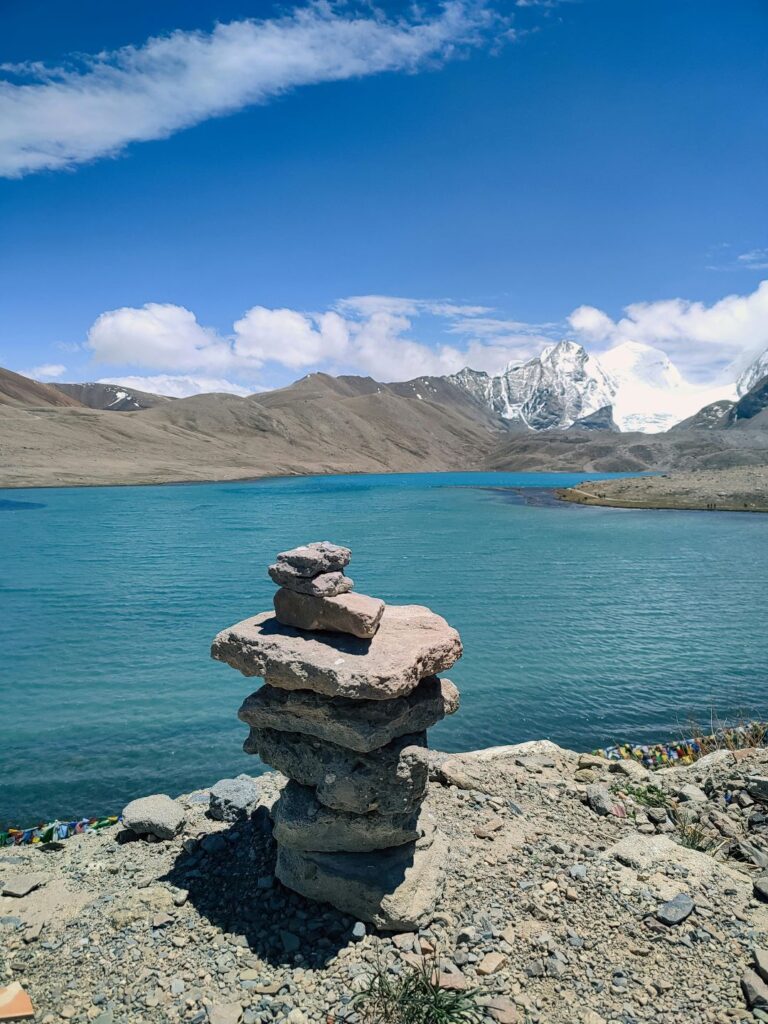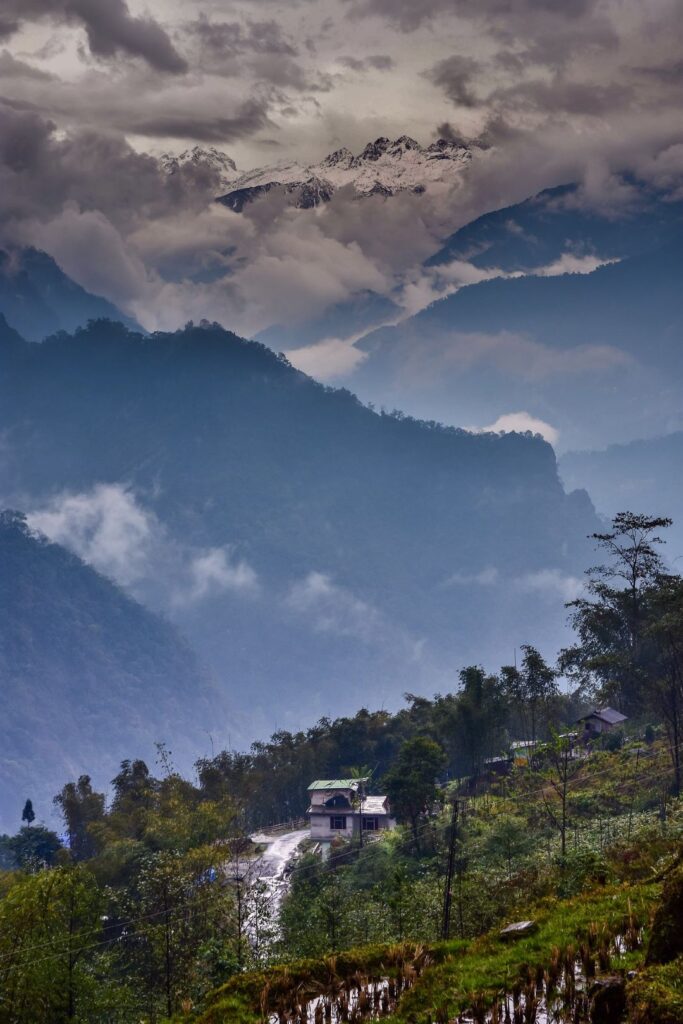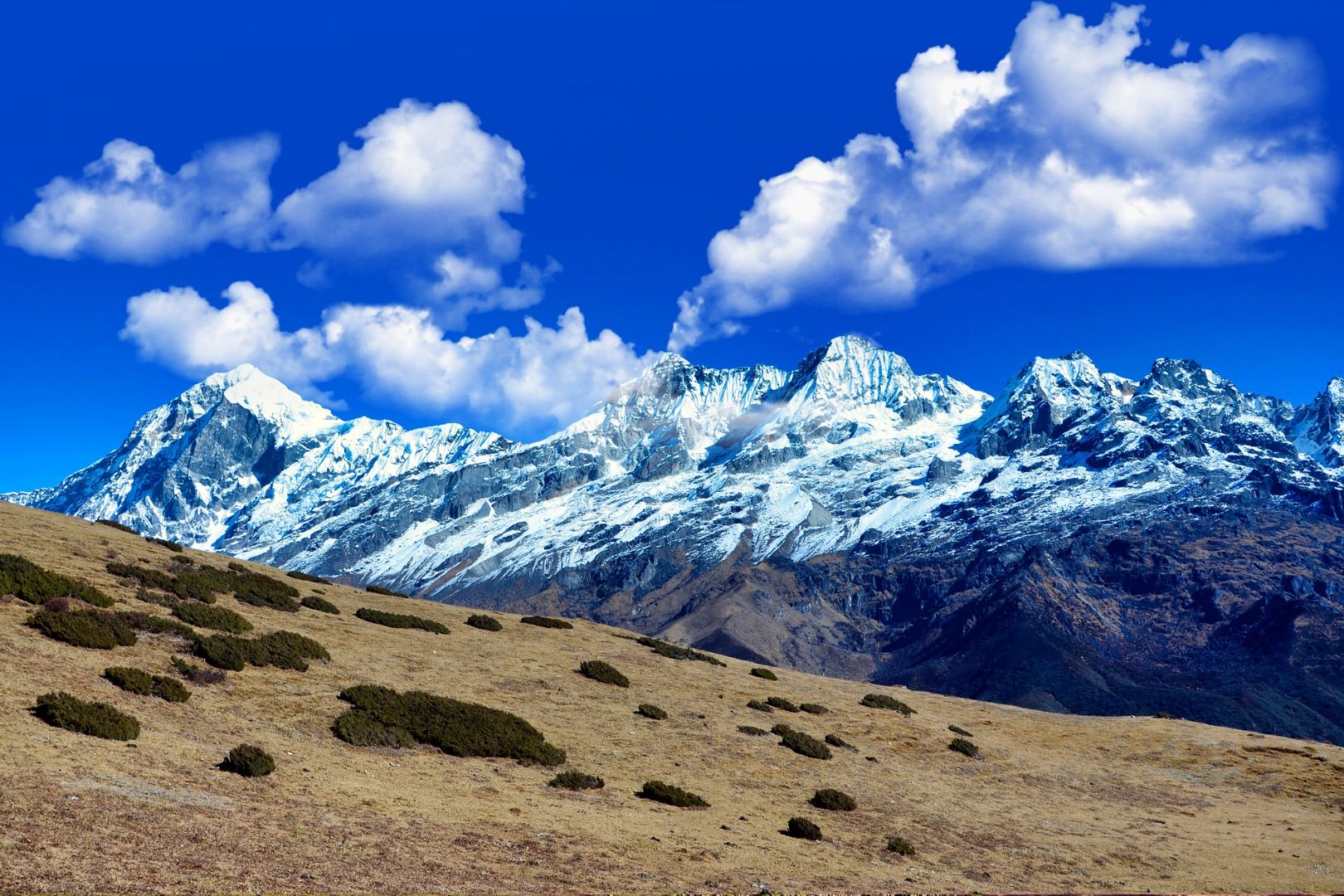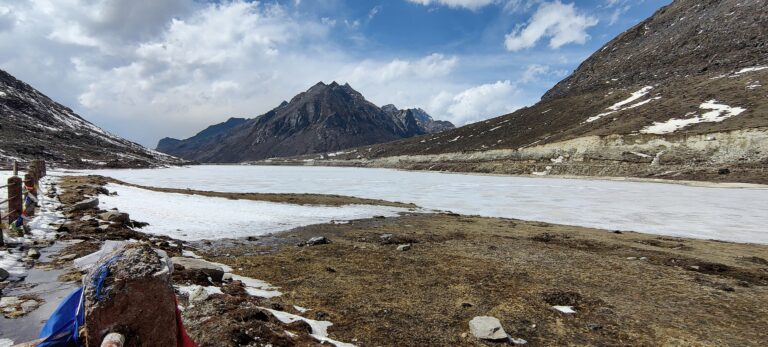Sikkim A Jewel of the Himalayas
Introduction
Nestled in the lap of the majestic Himalayas, Sikkim is a state that boasts breathtaking landscapes, rich cultural heritage, and warm hospitality.
Despite being one of the smallest states in India, Sikkim captivates visitors with its pristine beauty, diverse flora and fauna, and vibrant traditions.
Let’s embark on a journey to explore the enchanting land of Sikkim.
Natural Splendor
Sikkim’s landscape is nothing short of a masterpiece crafted by nature herself.
From snow-capped peaks to lush green valleys, and cascading waterfalls to serene lakes, Sikkim offers a myriad of stunning vistas at every turn.

The mighty Kanchenjunga, the third-highest peak in the world, dominates the skyline, while the lush forests teeming with rhododendrons, orchids, and rare wildlife add to the state’s allure.
Cultural Diversity
Sikkim is a melting pot of diverse cultures and traditions, owing to its proximity to Tibet, Nepal, and Bhutan.
The state is home to various ethnic communities, including the Lepchas, Bhutias, and Nepalese, each with its unique customs, language, and festivals.
Visitors to Sikkim have the opportunity to immerse themselves in the rich tapestry of local cultures through traditional dances, music, art, and cuisine.
Festivals and Celebrations
Festivals hold a special place in the hearts of the people of Sikkim, providing a glimpse into their vibrant cultural heritage.
The Losar festival, celebrated by the Tibetan community to mark the Tibetan New Year, is a colorful affair filled with masked dances, prayers, and feasting.
Similarly, the Bumchu festival, held at the Tashiding Monastery, is a sacred event where locals gather to witness the ‘holy water’ ceremony believed to predict the future.
Adventure and Spiritualism
Sikkim is not just a paradise for nature lovers but also a haven for adventure enthusiasts and spiritual seekers alike.

Trekking routes such as the Goecha La Trek and the Dzongri Trek offer breathtaking views of the Himalayas and a chance to connect with nature in its purest form.
For those seeking spiritual solace, Sikkim is dotted with numerous monasteries and stupas, each exuding an aura of tranquility and serenity.
Conservation Efforts
Despite its natural abundance, Sikkim is committed to sustainable development and environmental conservation.
In 2016, it was declared India’s first fully organic state, with the government promoting organic farming practices to preserve the pristine beauty of its landscapes and protect the health of its citizens.
Conclusion
Sikkim’s beauty is not merely skin-deep; it is a state that resonates with a sense of harmony, both with nature and among its people.
As visitors explore its verdant valleys, snow-capped peaks, and vibrant culture, they cannot help but be enchanted by the spirit of Sikkim – a jewel shining brightly amidst the Himalayas, beckoning travelers to discover its timeless charm.
How to Reach Sikkim
Reaching Sikkim, tucked away in the northeastern part of India, involves a journey that’s as adventurous as the destination itself. Here’s a guide on how to reach this Himalayan jewel:
By Air
The nearest airport to Sikkim is Bagdogra Airport (IXB) in West Bengal, which is well-connected to major cities like Kolkata, Delhi, Mumbai, and Bangalore.
From Bagdogra, you can hire a taxi or take a bus to reach Gangtok, the capital of Sikkim. The journey from Bagdogra to Gangtok takes approximately 4 to 5 hours by road.
By Rail
The nearest major railway station to Sikkim is New Jalpaiguri Railway Station (NJP), also located in West Bengal.
NJP is well-connected to various cities across India. From NJP, you can hire a taxi or take a bus to reach Gangtok, which is around 120 kilometers away.
The journey from NJP to Gangtok takes approximately 4 to 5 hours by road.
By Road
Sikkim is well-connected to neighboring states like West Bengal and Assam via road networks.
You can either drive to Sikkim or opt for state-run or private buses.
National Highway 10 connects Siliguri in West Bengal to Gangtok, the capital of Sikkim.
The road journey offers stunning views of the mountains and valleys, but it can be challenging due to narrow roads and steep inclines.
Inner Line Permit (ILP)
It’s important to note that Sikkim requires an Inner Line Permit (ILP) for Indian tourists, which can be obtained online or from certain checkpoints on the state borders.
Foreign nationals require a Protected Area Permit (PAP) or Restricted Area Permit (RAP) to visit certain areas in Sikkim.
Local Transport
Once you reach Gangtok or any other destination in Sikkim, you can easily explore the state using local transport options such as taxis, shared jeeps, and buses.
Sikkim has a well-developed network of roads that connect various towns and tourist attractions.
Helicopter Service
For those seeking a quicker and more scenic way to reach Sikkim, there’s also a helicopter service available from Bagdogra Airport to Gangtok.
The helicopter ride offers breathtaking aerial views of the Himalayas and significantly reduces travel time.
Whether you choose to embark on a road trip through winding mountain roads or opt for a scenic helicopter ride, reaching Sikkim is the beginning of an unforgettable journey filled with natural beauty, cultural richness, and Himalayan adventures.





